Some classic cars didn’t just cruise through the golden era—they earned their reputation on the track. But not every racer-turned-street-car gets remembered like the GT40 or the Shelby Cobra. Plenty of models that had real motorsport chops got buried under flashier names or overshadowed by later hype. This list digs into the forgotten side of racing heritage—production-based cars that once flew down circuits, road courses, and rally stages, but now sit quietly in the shadows of collector garages. These are ten classic machines with real racing credentials that deserve a second look.
AMC AMX

The AMX was AMC’s answer to the Corvette and Mustang, but it had a shorter wheelbase and a lot more underdog energy. AMC campaigned the AMX in Trans-Am and SCCA events, relying on its lightweight chassis and high-revving 390 V8 to punch above its weight.
With 315 horsepower and a curb weight under 3,200 pounds, the AMX was nimble and quick. It cost just over $3,000 when new. Today, it’s mostly remembered as a street car, but in its day, it proved AMC wasn’t afraid to throw punches on the track.
Plymouth Barracuda AAR
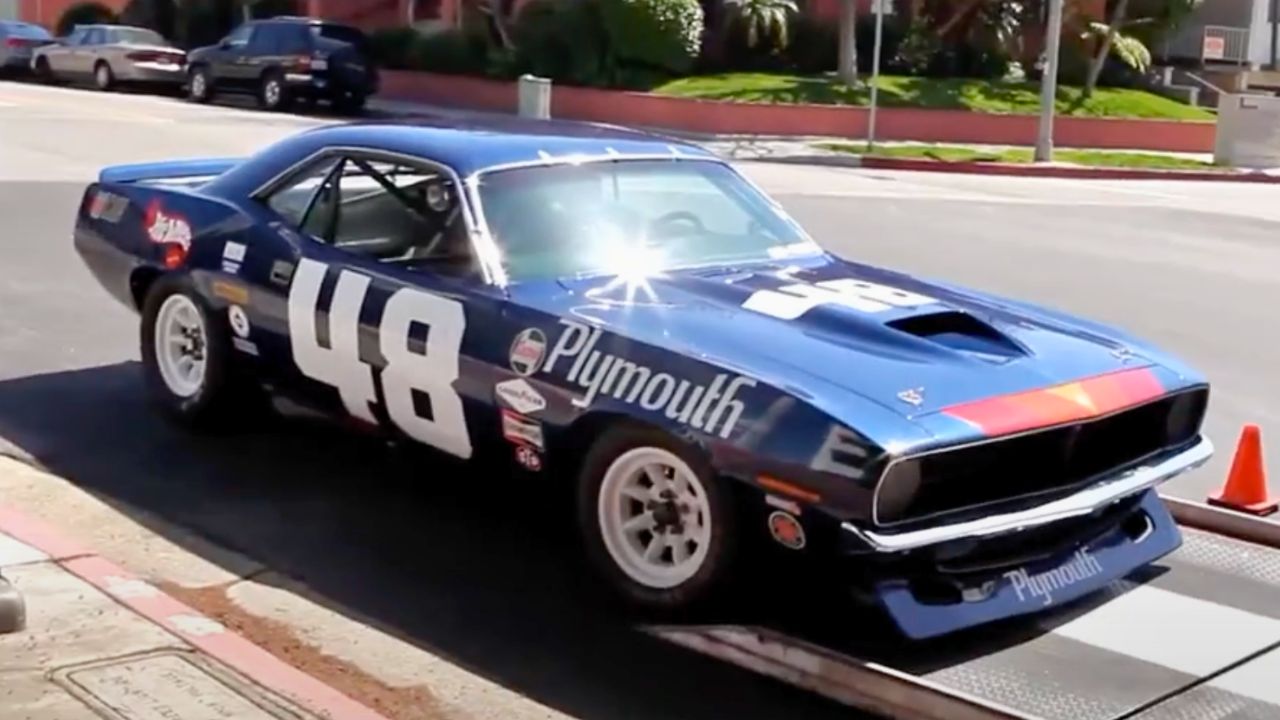
Before the ’Cuda went full muscle, the 1970 AAR version was bred directly from Trans-Am racing. Built to homologate the race cars, the AAR ‘Cuda came with a 340 Six-Pack, fiberglass hood, and side-exit exhausts—ready for action.
Only 2,724 were built, and they came with stiffer suspension, front and rear spoilers, and race-bred attitude. The AAR was less about drag strips and more about road racing. Dan Gurney’s All American Racers helped develop the car, giving it some serious street-track crossover credibility.
Ford Capri RS2600
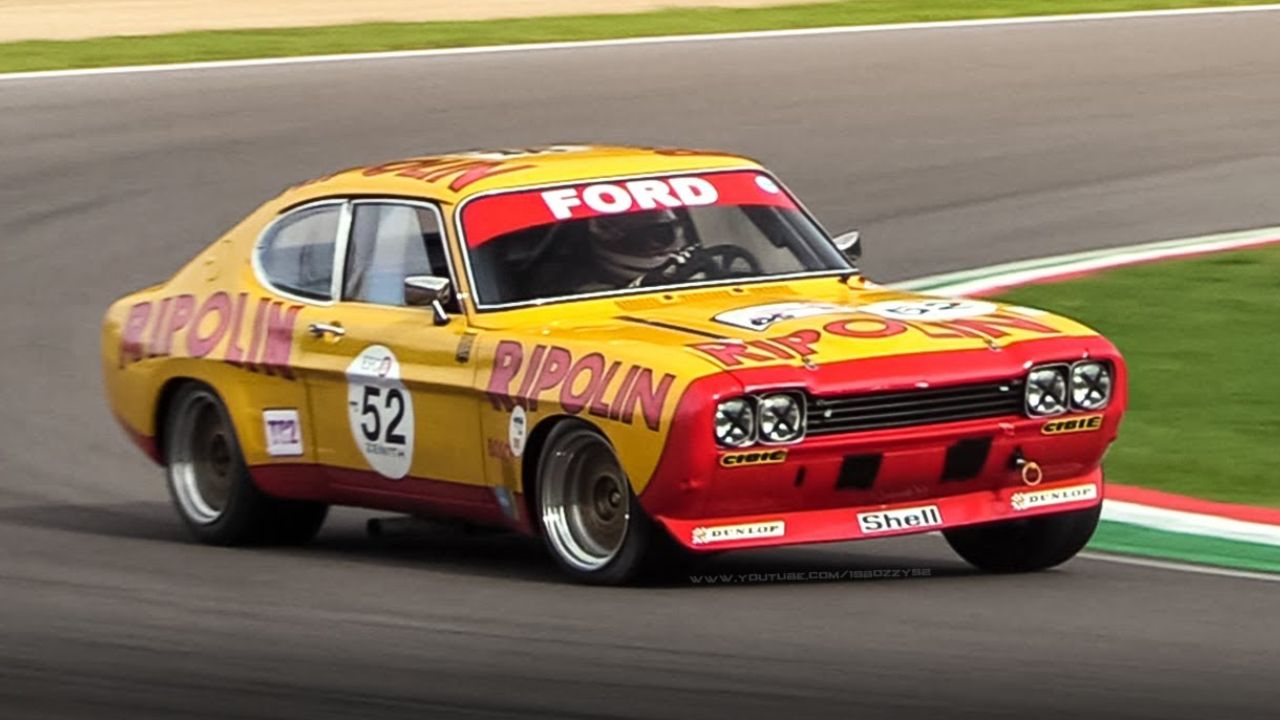
While Americans got a milder Capri, Europe got the RS2600—a homologation special that Ford used to dominate touring car racing in the early ’70s. With its 2.6L Cologne V6 and lightened body, it was a road-legal track weapon.
The RS2600 featured aluminum panels, fuel injection, and up to 150 horsepower in street form. Race-prepped, it won the European Touring Car Championship in 1971 and 1972. Hardly anyone in the U.S. remembers it, but it played a key role in Ford’s racing success overseas.
Chevrolet Corvair Corsa
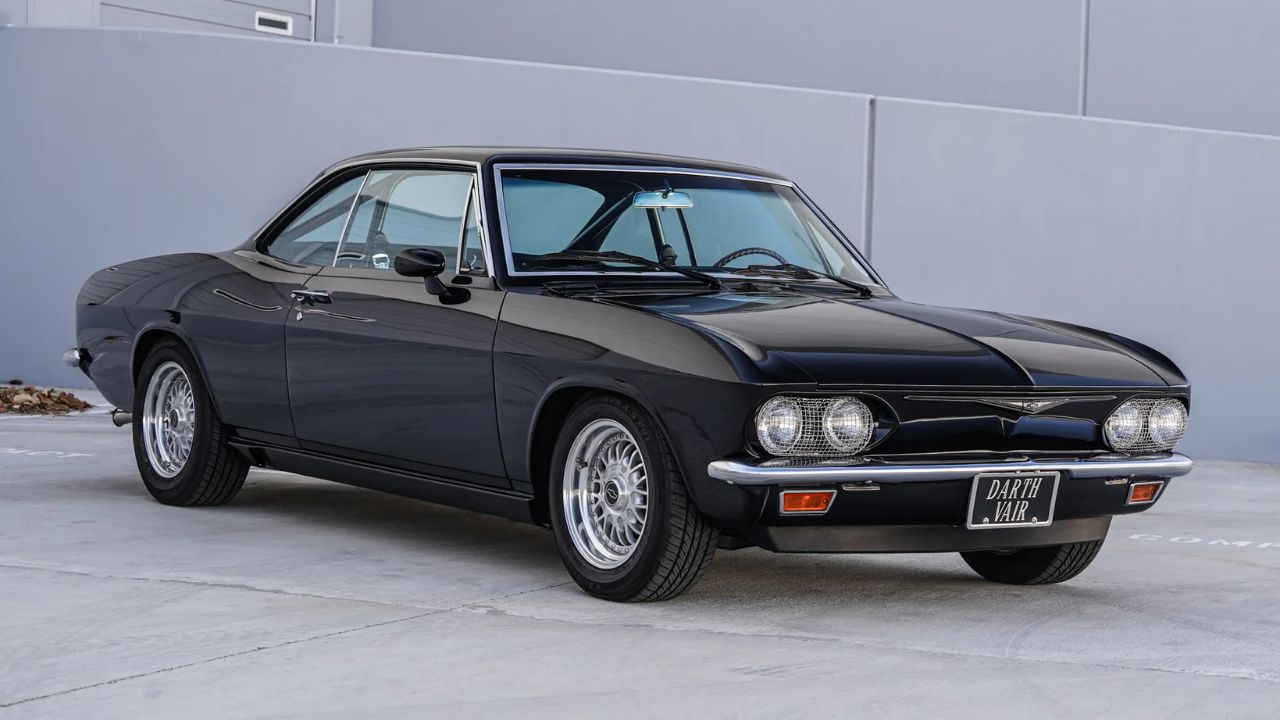
The Corvair Corsa had a rough reputation thanks to early safety concerns, but by the time the 1965–1966 models came out, it was a very different machine. The turbocharged 180 hp flat-six, rear-engine layout, and improved handling made it a legitimate track toy.
GM engineers and privateers ran Corvairs in SCCA and hill climb events. Despite being a sales underdog, the Corsa proved that rear-engine balance and forced induction weren’t just Porsche tricks. It’s one of GM’s strangest and most capable forgotten racers.
Dodge Dart GTS 440
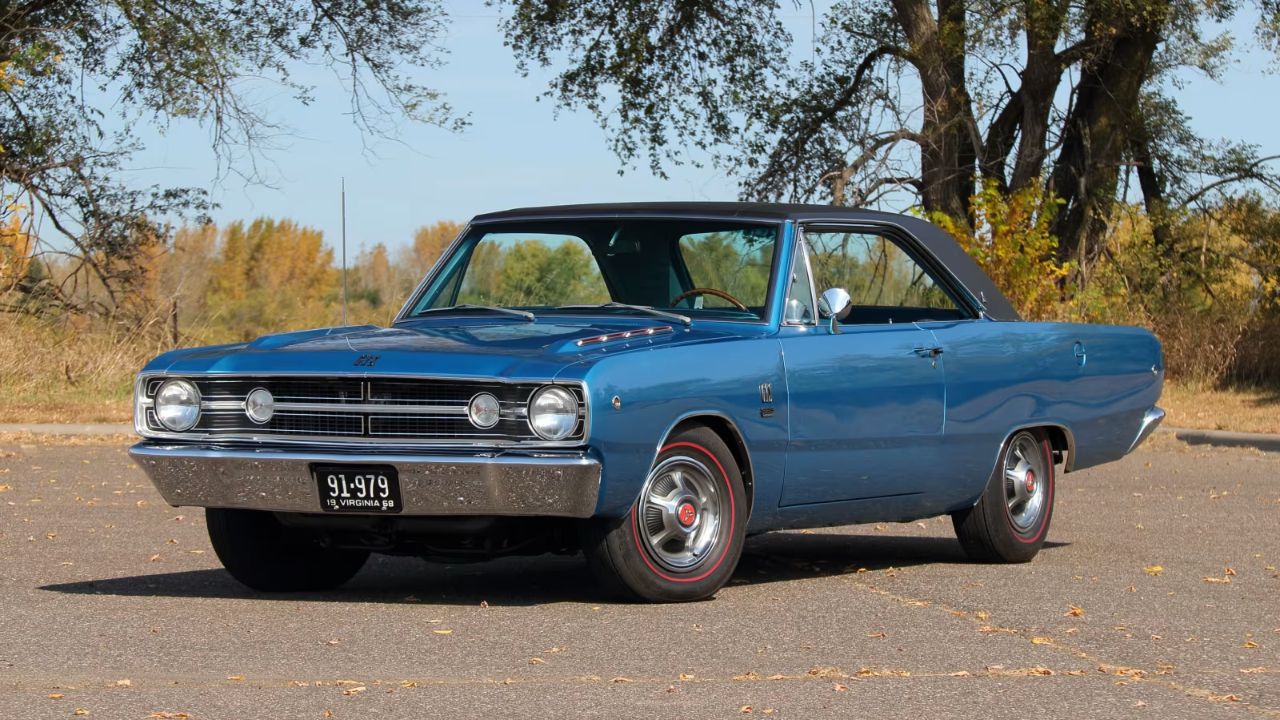
Most people remember the Dart as a budget car, but Dodge shoehorned the 440 big-block into a limited number of GTS models for NHRA Super Stock racing. This wasn’t a balanced car—it was built to go straight, fast.
The factory-rated 375 horsepower was conservative, and the car’s 3,200-pound weight meant it could run 13-second quarters out of the box. Fewer than 50 were made. It was raw, unruly, and rare—built purely to tear up the strip with a factory warranty.
Triumph TR4 Rally Car
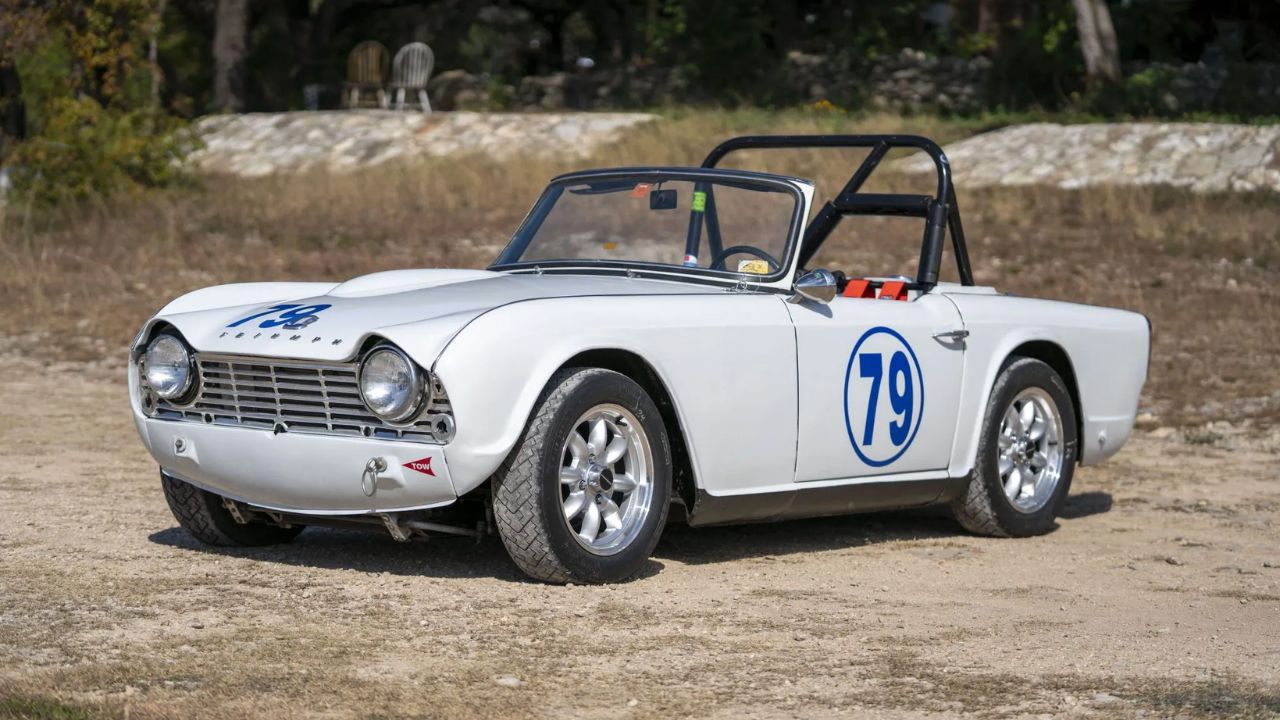
The TR4 might seem like a polite British roadster, but it earned its stripes on dirt. With rally-prepped versions competing in the Monte Carlo Rally, Alpine Rally, and RAC events, it had real global rally credibility.
Equipped with a 2.1L four-cylinder making 105 horsepower and a rugged frame, the TR4 was often modified with overdrive transmissions, roll cages, and skid plates. While it was never a brute in a straight line, its handling and durability made it a tough out in endurance events.
Buick GSX Stage 1
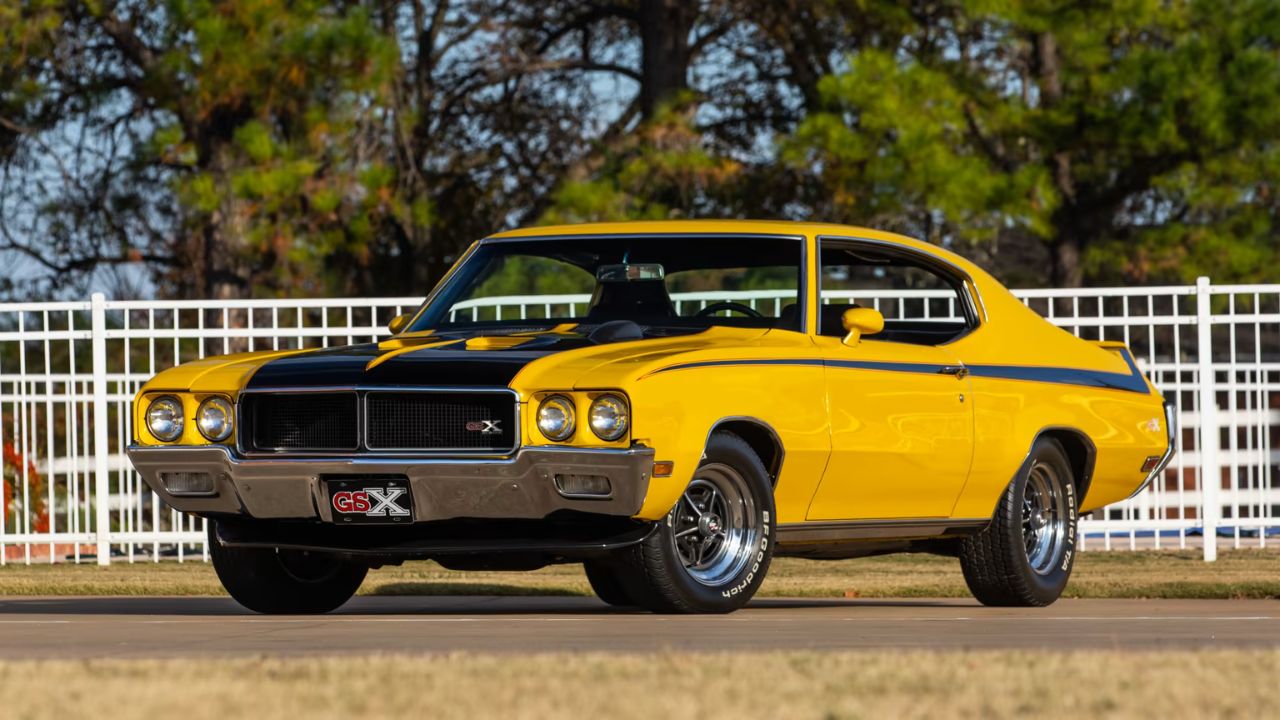
The GSX was built for street fights, but it held its own in drag racing. The 455 Stage 1 engine made 510 lb-ft of torque, more than any other muscle car of its era. That twist made it a strip terror in Stock and Super Stock classes.
Despite its outrageous power, Buick limited production—only 678 were made in 1970. With quarter-mile times in the low 13s, the GSX didn’t need to scream about its racing pedigree. It just beat most of the field and let the numbers do the talking.
Datsun 510
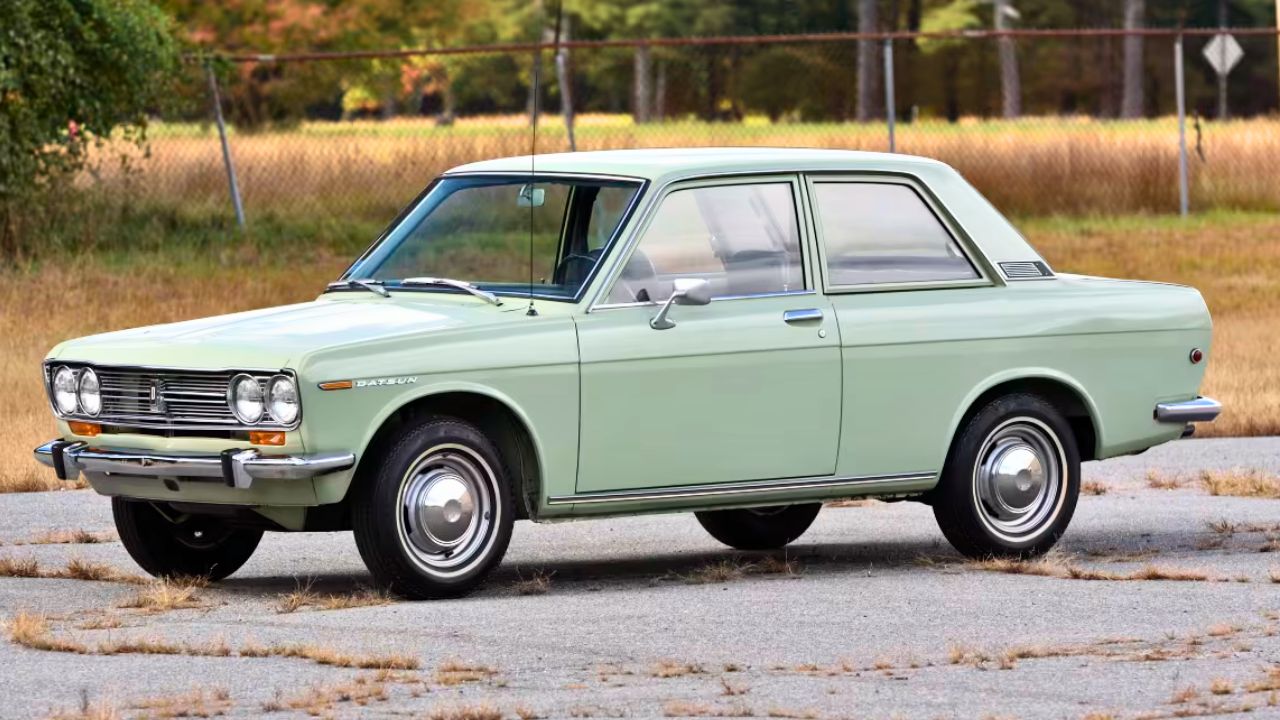
The humble-looking 510 turned out to be one of the most dominant cars in SCCA history. With a 1.6L four-cylinder, independent suspension, and a low curb weight, it punched way above its class.
Peter Brock’s BRE team helped turn the 510 into a giant killer. It won multiple SCCA championships, knocking off Alfa Romeo and BMW along the way. Cheap, reliable, and brilliantly balanced, the 510 made Datsun a racing name long before the 240Z took the spotlight.
Mercury Cougar XR7-G

While most think of the Cougar as a luxury Mustang, the XR7-G was tied to racing through Carroll Shelby’s dealership network. It came with performance options like fog lights, a hood scoop, and upgraded suspension.
Fewer than 600 XR7-Gs were built in 1968, and many were used in SCCA events or prepped for Trans-Am. While not as successful as the Mustang, the Cougar earned a loyal racing following and made Mercury’s pony car more than just a badge-engineered afterthought.
Saab 96 V4 Rally

Yes, a Saab made the list. The 96 V4 won the Monte Carlo Rally in 1962 and had multiple wins in other international rally events. Its front-wheel drive and compact V4 engine gave it incredible traction and durability in brutal conditions.
With around 65 horsepower, it was never fast in the traditional sense. But on icy roads and rough stages, it was nearly unbeatable. Drivers like Erik Carlsson proved it wasn’t always about power—sometimes weird engineering gets you to the finish line first.
Like Fast Lane Only’s content? Be sure to follow us.
Here’s more from us:

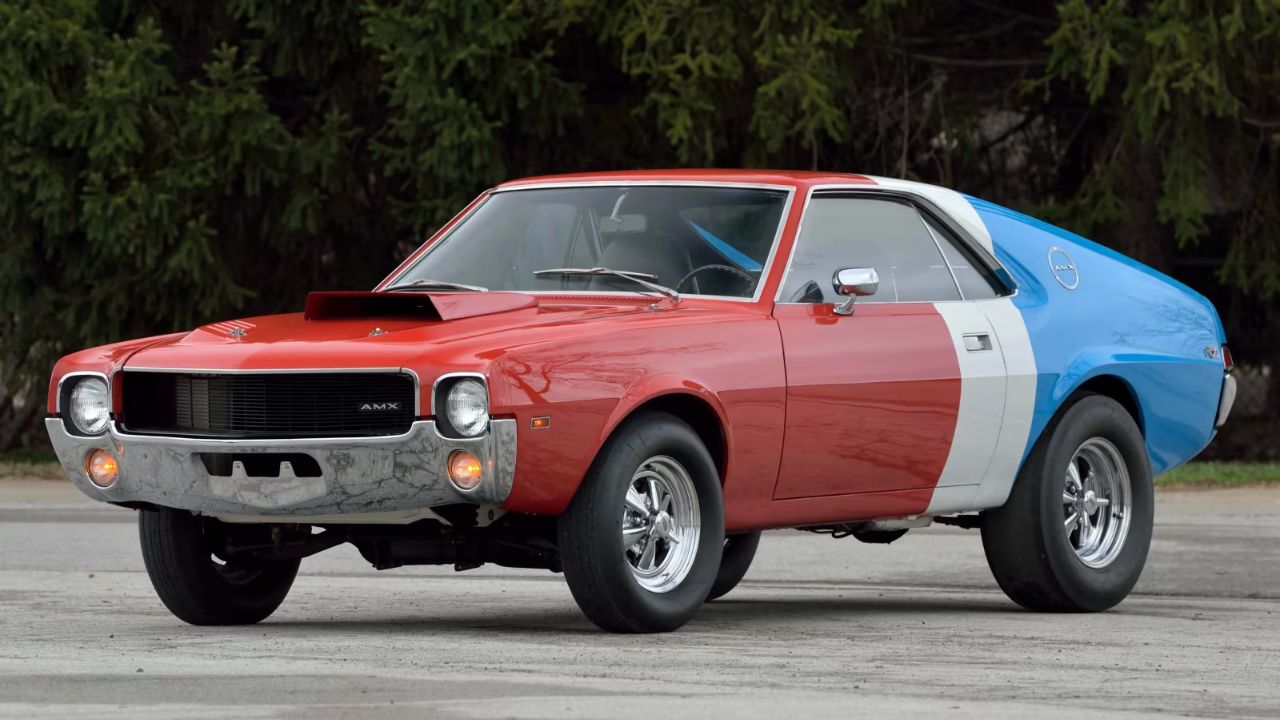





Leave a Reply